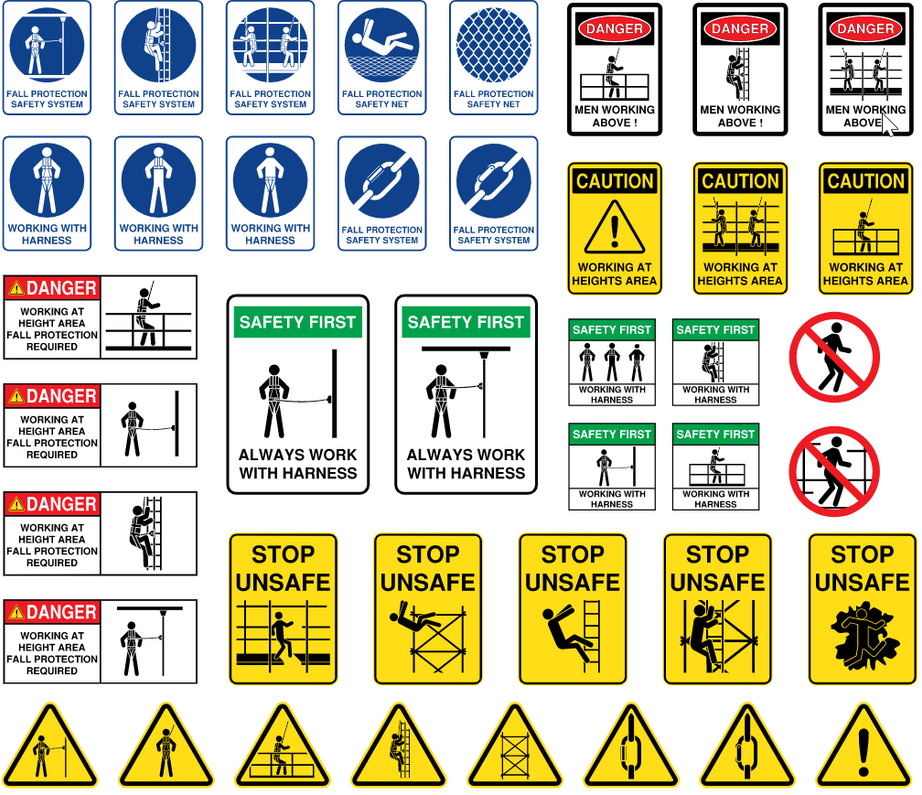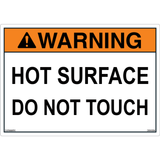What Text Belongs In Your Safety Labels?
Product warning labels aren't things that consumers think a lot about. But, as a manufacturer or distributor, they're a vital protection for both your company and your customers. A good one will make any risks obvious to keep your customer safe while also protecting your company from any warning defect liability. To ensure that your warning decals pass muster, keep all the following in mind:
Keep It Brief and Action-Oriented
All headlines on your label should be brief and should note the action you want your customer to take. For instance, instead of saying "do not operate this device unless you are wearing the proper safety gear," say "wear goggles, gloves, and apron." Instead of "alarms will activate when a power short has been detected" say "do not use if red light is on."
In each case, instead of identifying the danger and trusting the reader to infer the correct course of action, you are telling the reader what they should or should not do. This leaves no doubt how to use the product safely.
Design for Legibility and Clarity
Choose the right symbols to get your point across at a glance. A figure with a hand pinched in rollers, for instance, warns of a pinching hazard. Look to international symbols when possible so people from all over easily understand.
Black text on a white background is the most common format for writing. This is because it is the most familiar pattern, which makes it the one most easily parsed on sight.
Keep text left justified instead of centered, especially with longer warning messages. This allows your eyes to travel more smoothly across the message. Also, use capitalized first letters followed by lowercase. This is typically the easiest to read.
And, don't underestimate the power of punctuation. A single exclamation point in your headline can give the emphasis that your message needs; too many will lessen their impact.
It's Okay to Make Some Assumptions
You do not have infinite space on your label, so use what you have to address the most common and most pressing dangers. It is okay to assume that your customer will use your product for the use that you intend. Courts typically make these assumptions when they are assessing whether a manufacturer is liable. For instance, if a power drill is designed for wood, it is safe to assume that a consumer will not attempt to use it for home dentistry. While there is nothing wrong with adding a warning about dentistry, it is not necessary if this warning will crowd out more relevant warnings.
If you have doubts about your warning labels, consult applicable safety standards, a label printing specialist, and perhaps seek the advice of a legal professional. In most cases, what goes on the label can be determined by observing the tips above. By keeping your warning labels brief, direct and relevant, you can keep your liability in line and allow customers to use your products safely.
Recent Posts
-
The Power of Product-Specific Kitting for Labels
In today's competitive business landscape, efficient and impactful product labeling plays a vital ro …May 16, 2023 -
Which Label is Best for Heat Resistance
When it comes to labeling products, it's important to consider factors such as durability and heat r …May 12, 2023 -
Buying Custom Safety Labels
Safety labels play a crucial role in ensuring that people remain safe in a variety of environments. …May 11, 2023





